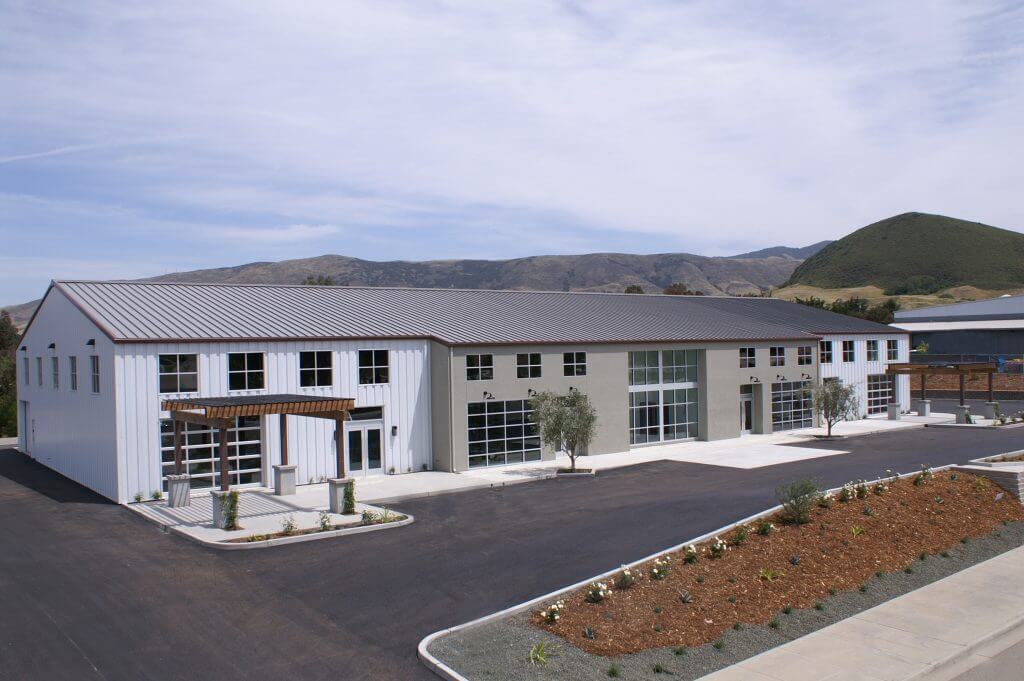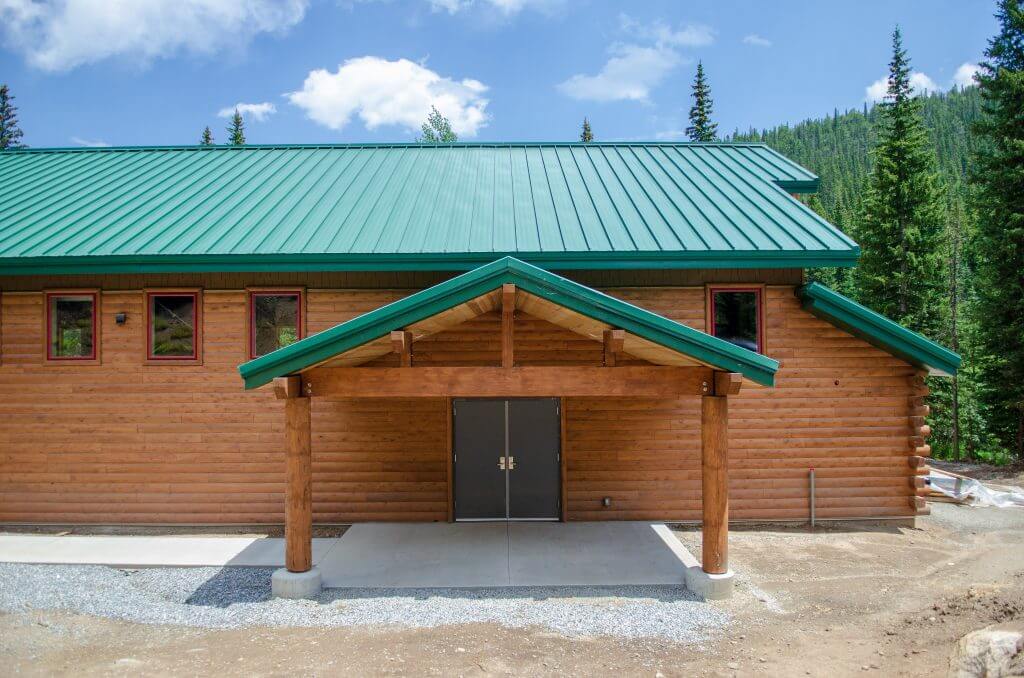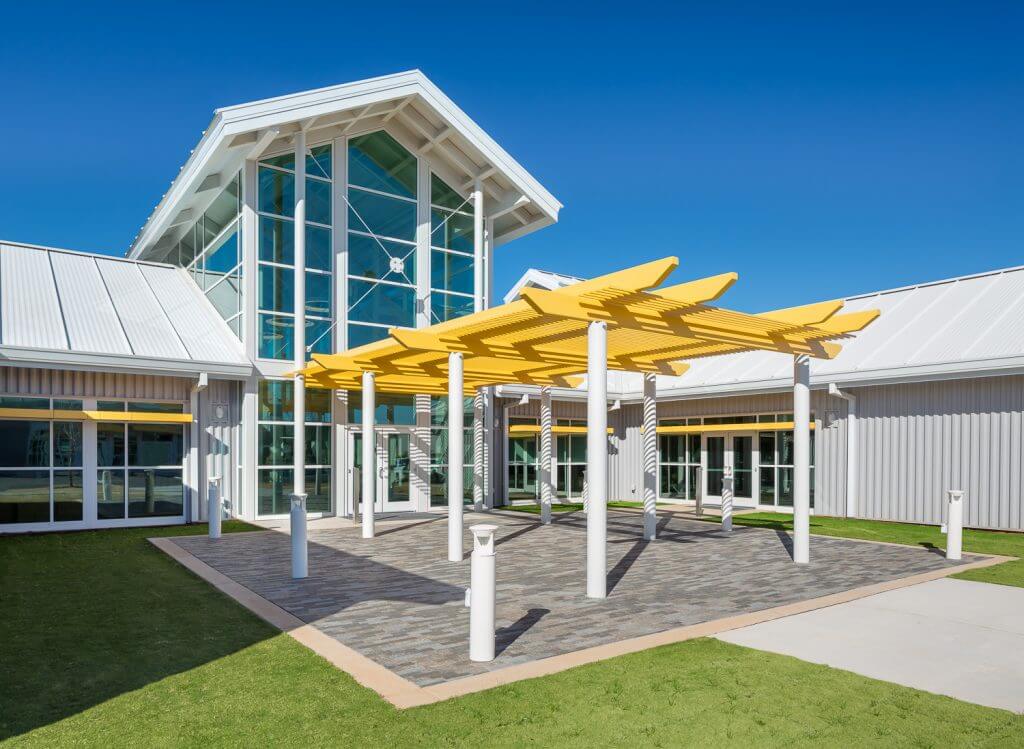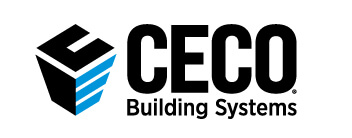The Benefits of Metal Roofing
Posted on July 18, 2018 by Gregg SmithSelecting a roofing system for a low rise commercial building involves making a choice from the multiple options available. More than ever before, metal roofing is being chosen because it provides a number of significant benefits for building designers, installers, users, and owners, including the following:
Design Aesthetics
Metal roofing is available in a wide range of standing seam and ribbed profiles that come in many appealing colors. These roofs are made to be visible whether high-slope or low-slope designs are used to enhance the overall appearance of the building in dramatic, subtle, or complementary styles. In all situations, the surface of the finished metal and the detailing associated with it have been shown to hold up well over time, meaning that the building continues to look good for decades after it is first installed.

Strength
The primary advantage of metal roofing made from steel is its strength. Milled steel rolls delivered to the manufacturer meet very exacting specifications. The shaping and profiling of the steel, along with its inherent strength, allows the finished roofing to withstand a great deal of abuse and wear.
Longevity
Metal roofing has a proven track record of longevity that is greater than virtually any other commercial roofing. In fact, it is not uncommon to come upon an older building that has reached the end of its useful life while the metal roofing is still intact.
Resiliency
In a severe weather event, the ability for a building to be resilient or “bounce back” into service afterwards is increasingly important. Metal roofing holds up against rain, hail, snow, and other precipitation quite readily, but it is also notably resilient when it comes to high winds. Metal roofing systems consistently meet or exceed the requirements for wind resistance established for common conditions under Factory Mutual (FM) or similar standards. They also have been tested and shown to meet or even surpass the code mandates of hurricane prone areas such as Miami-Dade County in Florida and the underwriting requirements of the Texas Department of Insurance (TDI). In a dramatic demonstration of this resiliency, hurricane activity in Puerto Rico in 2017 destroyed hundreds of commercial roofs while many metal roofs survived and protected the people inside the buildings.

Warranty
Weather tightness warranties are available at different levels for different products from different manufacturers. However, in almost all cases, they are much longer and more comprehensive than for built-up roofs or single ply membranes. Part of the reason for these strong warranties lies in the fact that metal roofs do not support mold growth, rust and decay, or distort under normal temperature fluctuations.
Faster Construction
Metal roofing installs faster and requires less time to enclose a building than with conventional roofing construction. Materials are carefully designed and precisely made so they are quick to install allowing for more accurate production schedules – that translates into more predictable labor needs and better control of profits. Further, since there is less jobsite waste than traditional construction methods, clean up is faster with disposal costs reduced.
Economical First Costs
Metal roofing has proven to be quite economical during design and construction, particularly if it is part of a full metal building package from a single-source manufacturer.

Minimal Maintenance
The exterior of a standing seam metal roof is essentially maintenance free under normal use conditions. Superior, life-extending roof coatings that retain color and resist dirt are a big part of the reason for this, including the ability to be “self-cleaning” from rain on sloped surfaces. Further, since metal roofing does not support mold growth and resists rust and decay better than other building materials, there is rarely any need for maintenance crews to spend any time overcoming these issues.
Economical Life Cycle Costs
The low maintenance, high longevity, and the potential for reduced operating costs of metal roofing allow for very favorable life cycle cost assessments compared to built-up or modified roofing systems which need repairs, maintenance, and more frequent replacement.
Sustainability
Building owners have come to expect that roofs will help them save energy and not do damage to the environment, in other words…be sustainable. The latest metal roofing systems with clips and opti-liner insulation systems allow for higher roofing R-values than were previously common. Further, insulated metal roof panels (IMP) provide superior performance with a continuous layer of insulation sandwiched between the interior and exterior panel. Added insulation means lower energy needs and lower operating costs. From an environmental standpoint, metal roofing is made with a substantial recycled content and is 100 percent recyclable at the end of its service life. For those seeking to provide a high solar reflection index (SRI) to reduce heat build-up on roofs, metal roofing can meet or exceed the standards for both high slope and low slope conditions. Finally, it is easy to incorporate natural daylighting in a metal roofing system using domed skylights or panels.
To find out more about the ways to benefit from metal roofing on a building you are involved with, contact your local Ceco representative.

